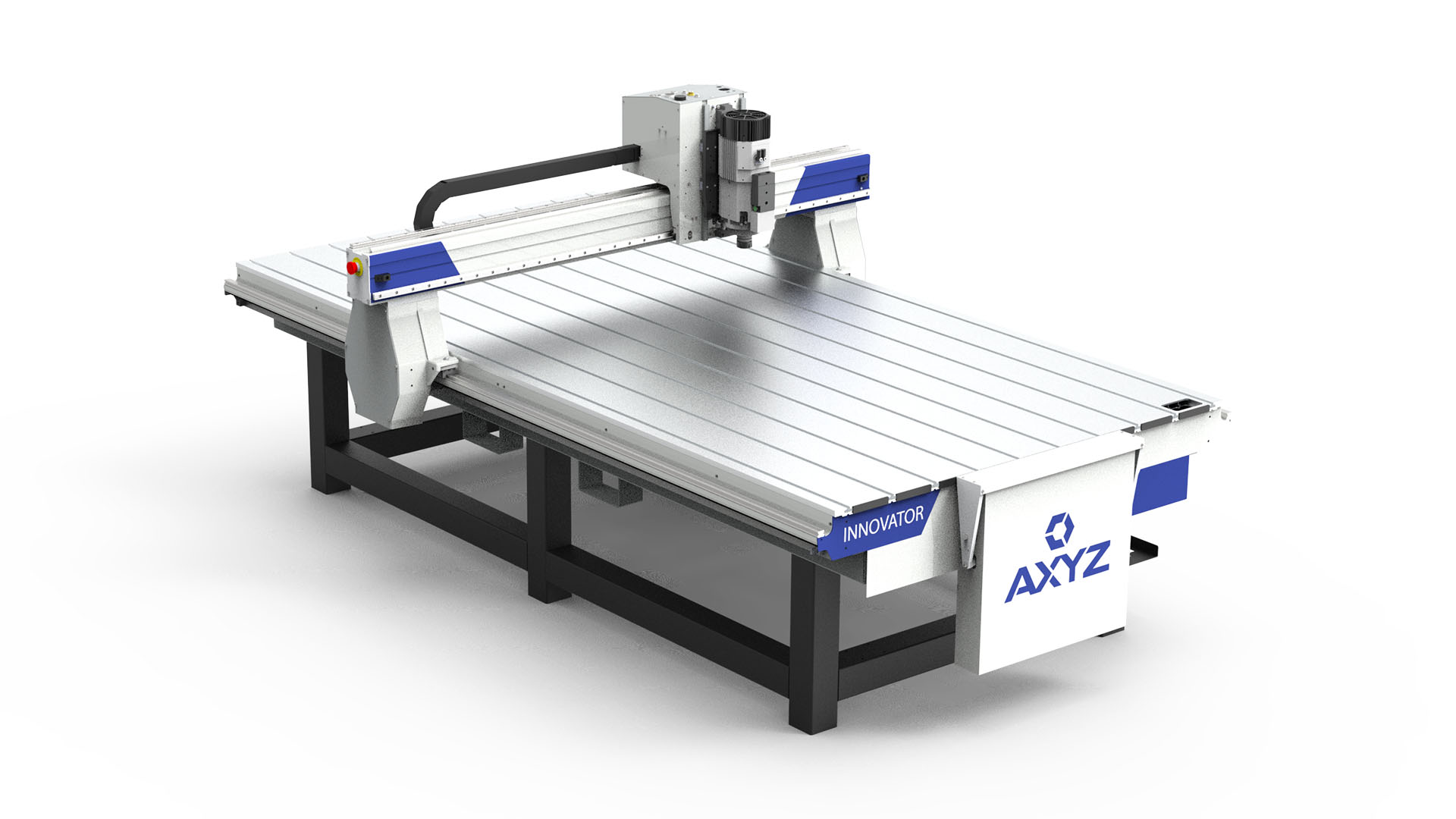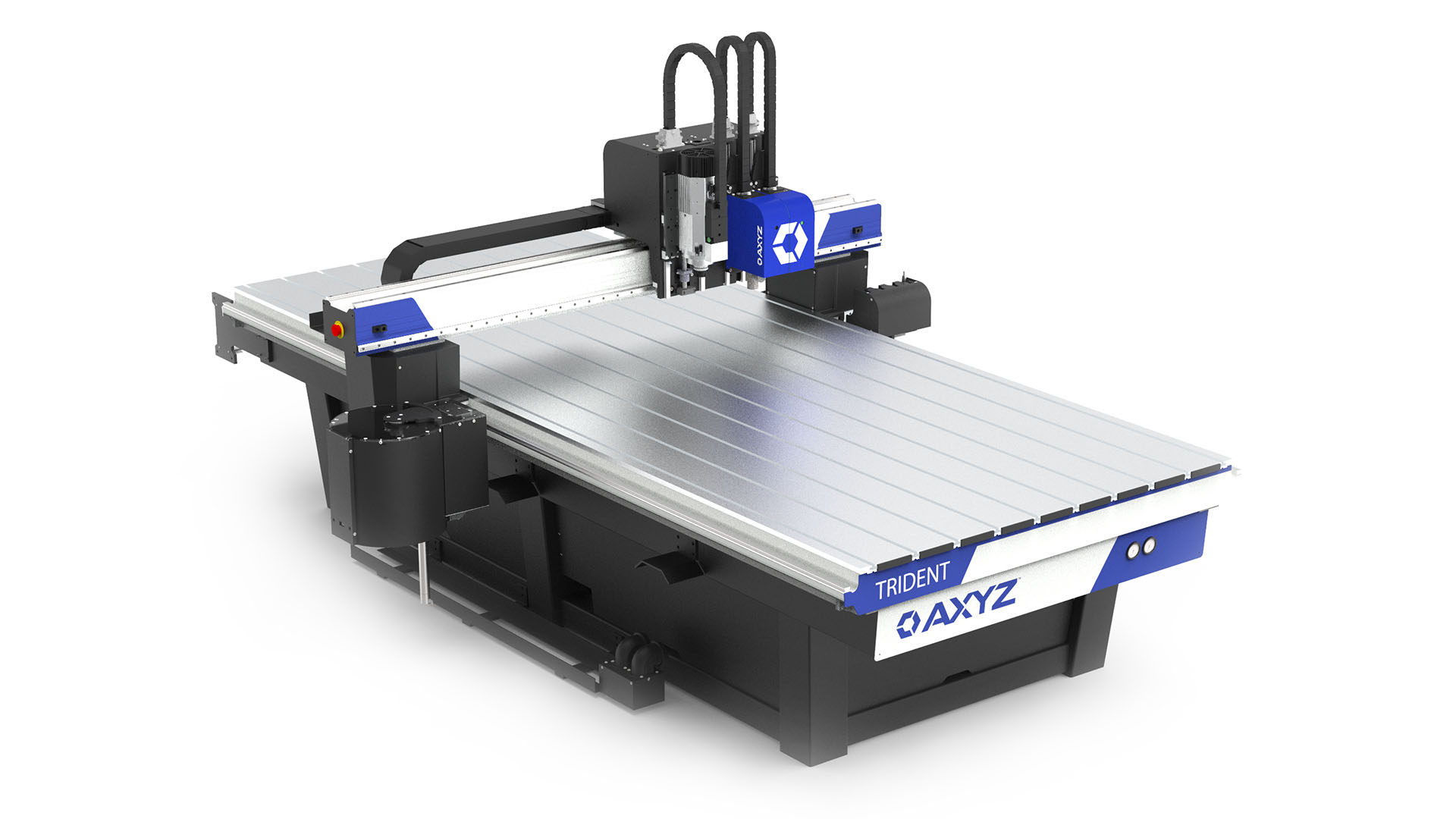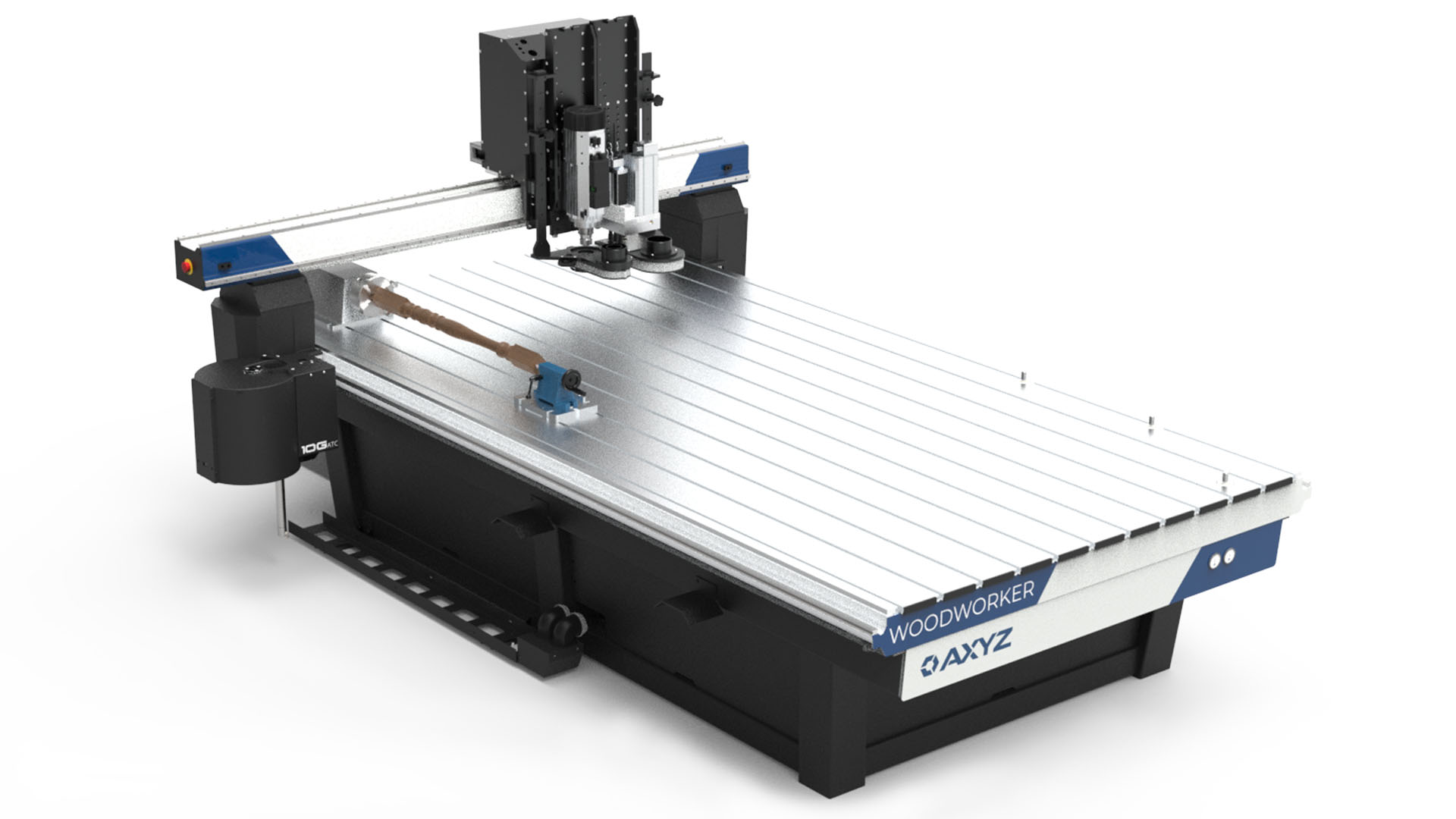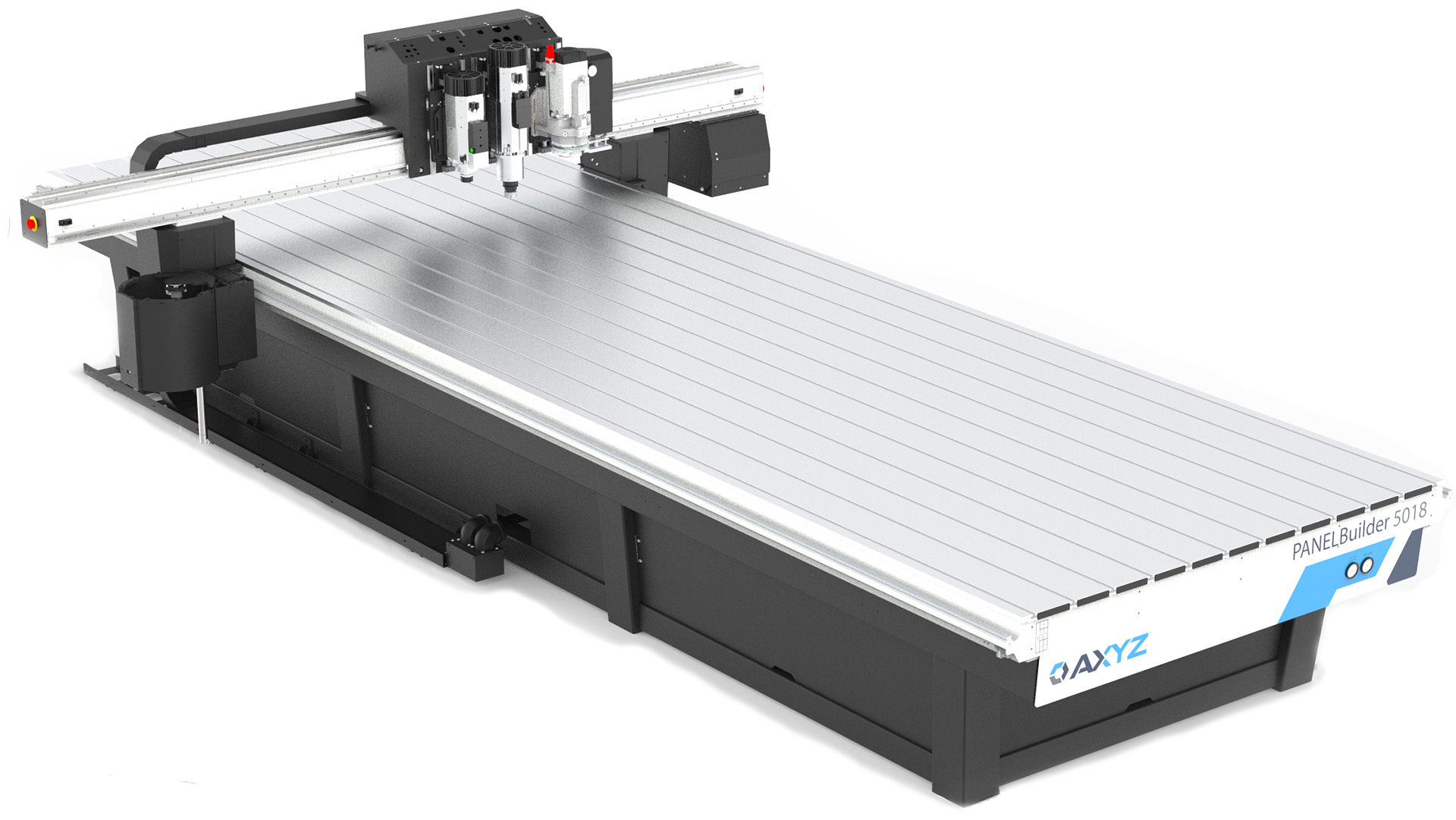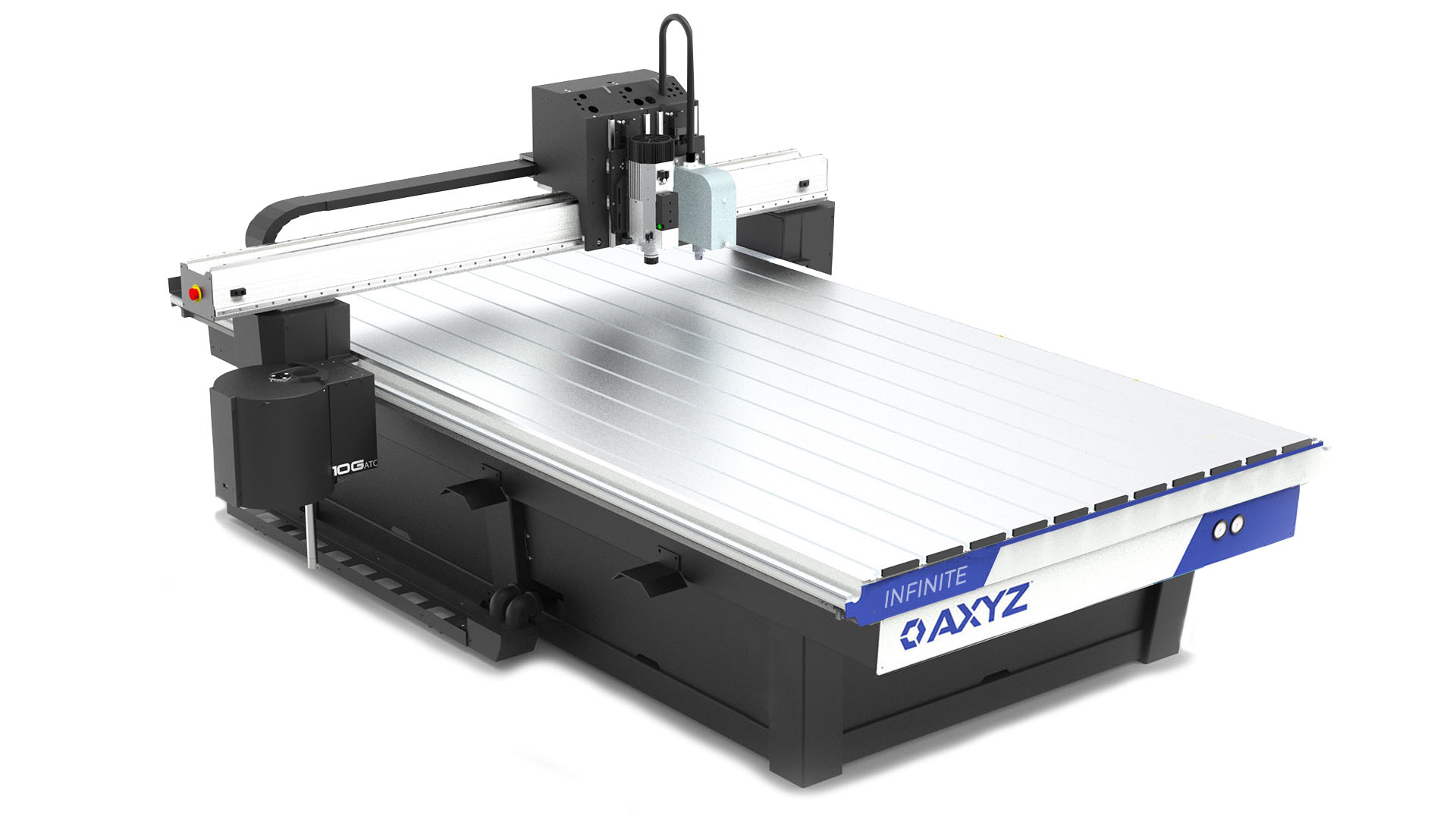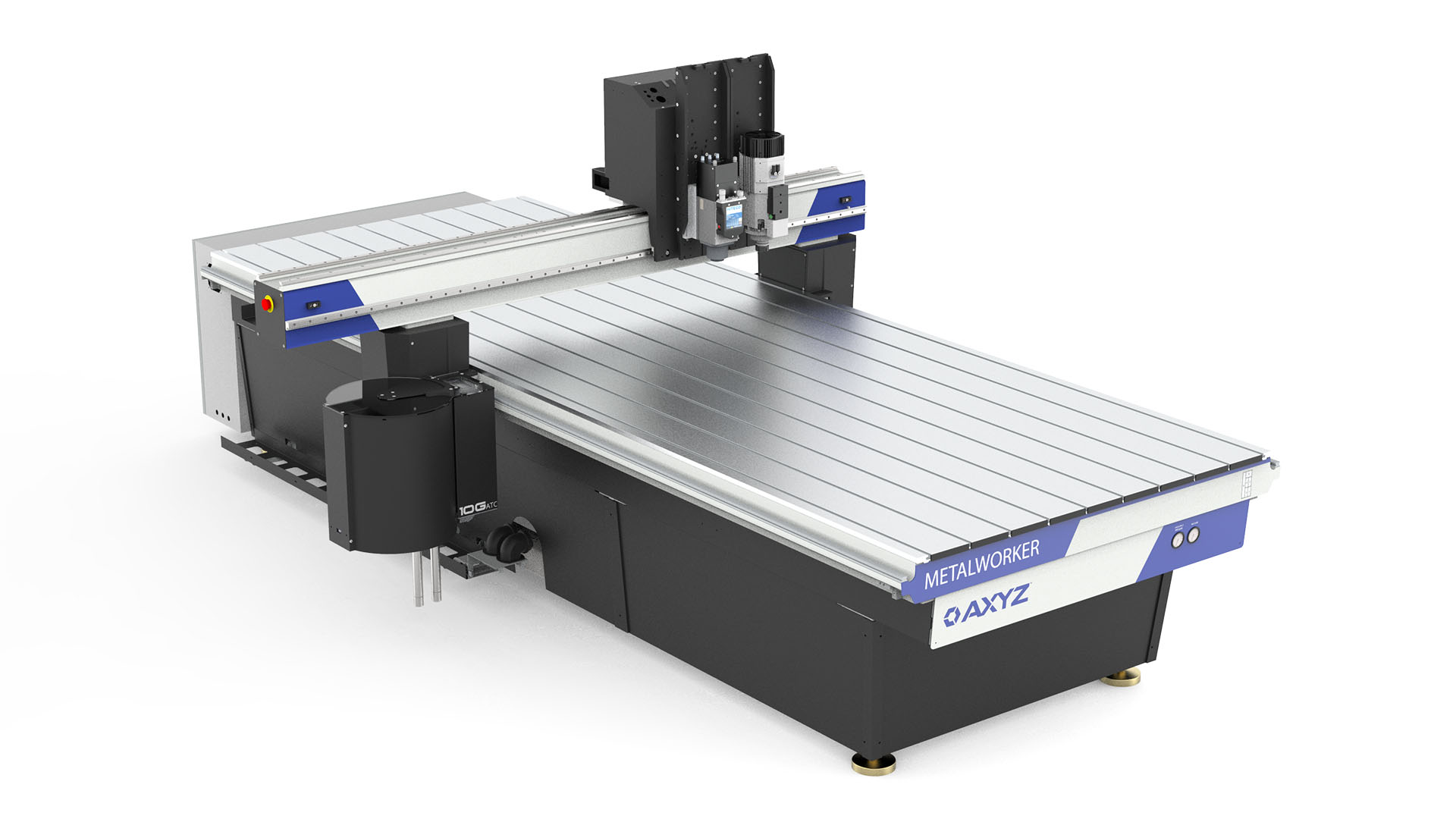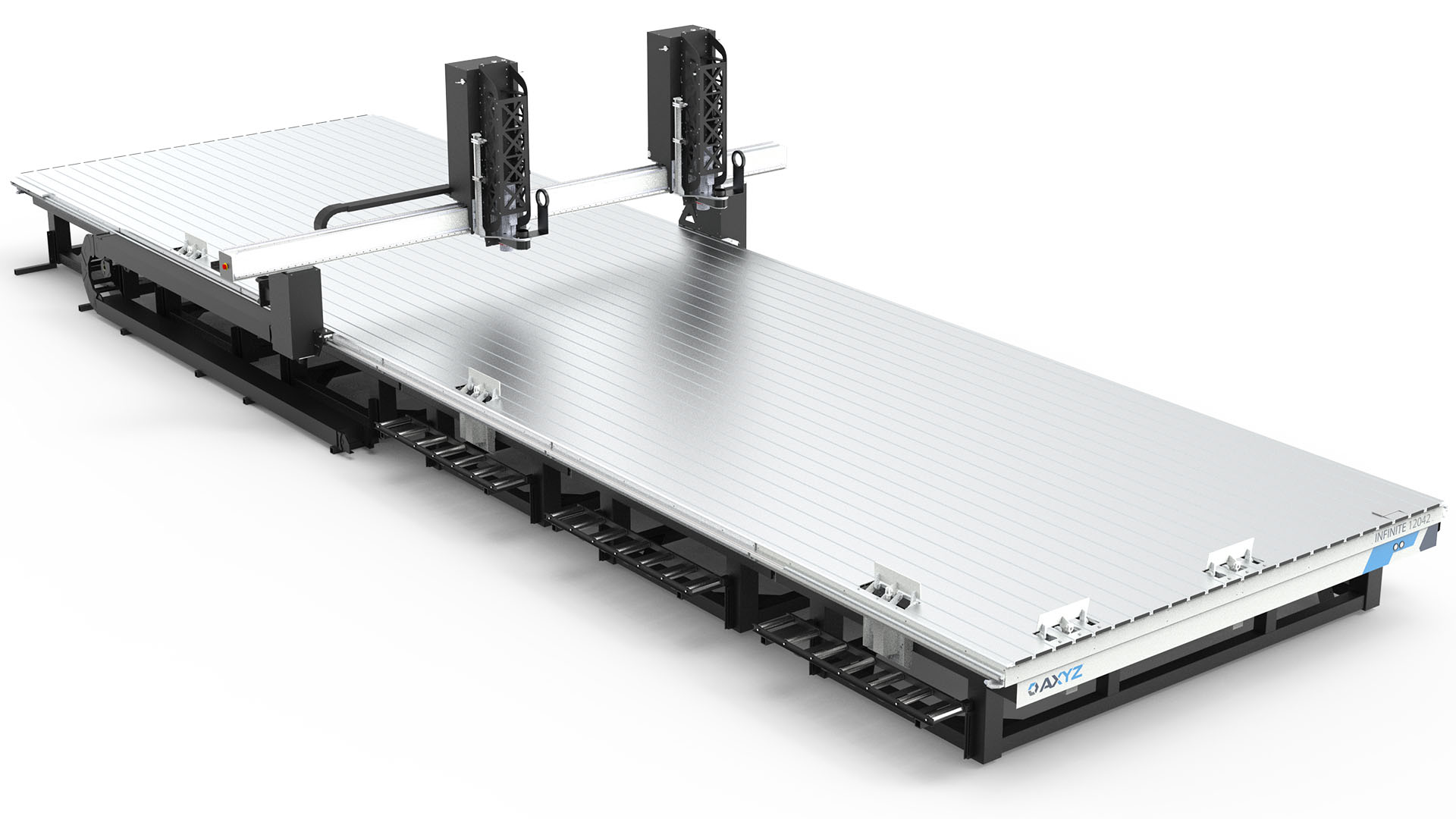The notion of PCD tooling has been a hot topic of late and with very good reason. These tools are much more expensive than the solid carbide router bits which we’ve all come to love, but is the price justified? This blog reviews PCD tooling and discusses the applications in which a PCD tool should be your tool of choice.
What is PCD?
Polycrystalline Diamond (PCD) tooling is composed of diamond particles that are sintered with a metallic binder at extreme temperatures and pressures. This manufacturing method allows diamond particles to be fused onto a carbide substrate and creates the hardest and one of the most abrasive resistant materials used in CNC router bits.
What are the benefits of a PCD tool?
In the right application, using PCD tooling can dramatically reduce your tooling costs. PCD offers a harder cutting edge, proving highly resistant to wear, whilst simultaneously delivering a significantly improved edge finish.
- Harder cutting edge provides higher resistance to wear
- Cut thousands of feet more than carbide without changing tool, saving setup time
- Optimized router efficiency
- Quality of finish is often significantly improved
PCD v Solid Carbide: What’s the difference?
The cutting edge of a PCD tipped router bit lasts much longer than carbide for extremely long life. Depending on the material being cut, PCD tooling has been known to outperform a carbide tool by a ratio of 300:1. However, to be conservative in your buying decision, we suggest you base your expectations on 25:1 ratio over carbide tooling.
When using PCD tooling for cutting composite panels and fiberglass, tool life can be up to 25 times greater than conventional carbide tooling.
- Tool life up to 25 times longer when compared with carbide tooling
- Saves time and money
- Consistently good component surface finish
When should a PCD router bit be used?
PCD tooling is ideal for cutting abrasive materials which would wear out a standard carbide bit very quickly such as carbon fiber or fiberglass. They are also suitable for cutting chipboard, MDF, particle board, HDF, and many composite materials including solid surface, high pressure laminates and phenolic.
- Aluminum
- Aluminum Composite Material (ACM)
- Composite panels
- Custom composite materials
- High pressure laminates (HPL)
- Fiberglass

